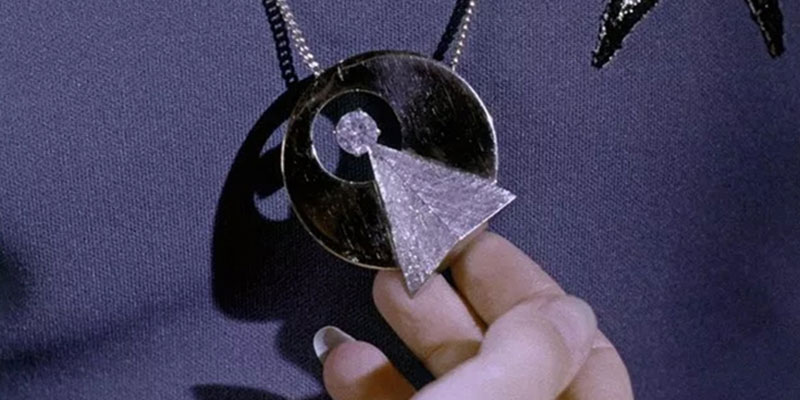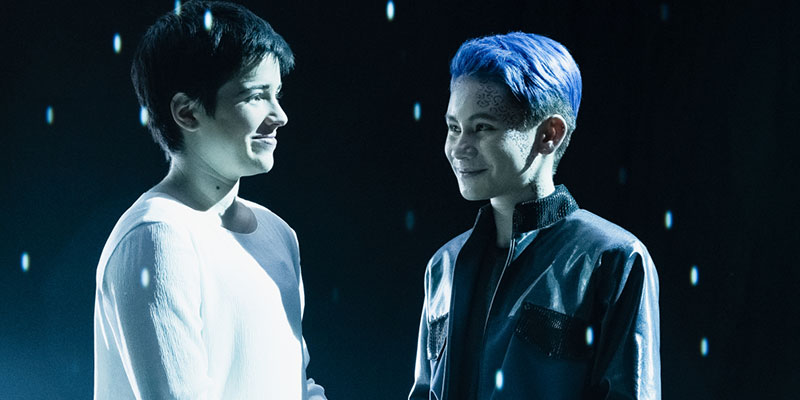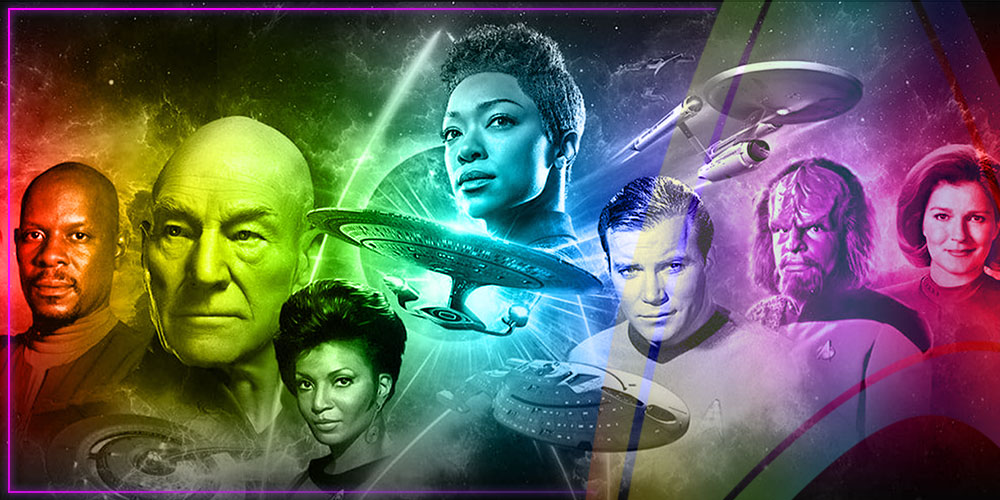On September 8 1966, a new kind of show premiered on NBC. Which was described by Gene Roddenberry as a Western set in space, “Star Trek” took viewers to the 23rd century on a 5-year mission aboard a space ship called Enterprise. The most remarkable thing about this television show wasn’t the setting but the cast.
The iconic crew of the original Enterprise is now a staple in television history even after 55 years…
But it is worth remembering how rare it was in that era, to see characters of colour on television that were not just negative stereotypes. Seeing actors such as George Takei, a Japanese American actor, played Lieutenant Hikaru Sulu while the lovely Nichelle Nichols, an African American actress who portrayed Lieutenant Uhura. It meant seeing two characters like this on screen, as part of this utopic future changed countless lives for the better. Children take their inspiration from a future in which all would be included. For the first time, children of colour could see themselves on screen in positive ways.

Roddenberry believed in an idea he termed IDIC. Or “Infinite Diversity In Infinite Combinations.” Even though it has since been labelled as a marketing ploy intended to sell merchandise (Roddenberry ascribed this philosophy to the Vulcans on screen), that does not mean IDIC has not had a lasting impact on the franchise. IDIC has become one of the backbones of the original series and focuses on the idea of “Universal acceptance.”
The question is what does “Universal Acceptance” mean? It is an exceedingly difficult question and one that many still struggle to answer today. It is always interesting for me to see what Star Trek has taught us both on and off-screen and what does inclusive mean and that we should continue to strive to do better.
Star Trek has usually always been ahead of its time in terms of diversity on-screen with a noticeable exception of Enterprise, but the different Star Trek series does reflect the time in which they were produced.
For Example
“Original Series” was lauded for its inclusivity, but there was only one woman on the bridge Takei has become a cultural icon but if you look back on the episodes you will notice how little the character development was and the fact that he was omitted from a lot of the episodes altogether.
“Next Generation” had just two women who were in its regular cast through the bulk of the series and just one character of colour in LeVar Burton’s Geordi La Forge. However, we should remember that there were two regular actors of colour on the show Michael Dorn, a Black actor, played Worf in full makeup of every episode.
“Deep Space Nine” shows one of the most meaningful fathers and son relationships in television history between Benjamin Sisko and his son Jake, played respectively by Black actors Avery Brooks and Cirroc Lofton, but the series maintained the status quo of an overwhelmingly male cast, it was also rightly criticized that the Ferengi as being antisemitic Jewish stereotypes.
“Voyager” finally increased the number of regular females cast numbers to three and expanded racial representations, but it’s hard to forget Jeri Ryan as Seven of Nine in an effort to attract the male viewers made to wear catsuits and get more viewers that is another important lesson that Star Trek teaches us when it comes to the inclusiveness that execution always matters just as much as intention.

“Discovery” premiered on CBS all access in 2017 after Star Trek took a 12-year break from the small screen it was released on Netflix UK 25th September 2017. The Series lead is Sonequa Martin-Green a black woman who portrays Michael Burnham; the show also features its first gay couple in Paul Stamets and Hugh Culber, who are portrayed by Anthony Rapp and Wilson Cruz, as LGBTQ children never had an opportunity to see themselves represented on the show until now. With scenes from Star Trek: Discovery which first took us inside the bedroom of a gay couple for the first time, putting their relationship front and centre for the first time in the 55-year history of Star Trek.
The series has continued on to broaden the LGBTQ storylines through the emotion of loss and then gaining back what you believe you have lost as we saw through Season 1 and Season 2 as we got to Season 3, we welcomed two new interesting characters Adira and Gray which brings a family dynamic to Paul Stamets and Hugh Culber’s relationship and the non-binary storyline makes the series more interesting I cant wait to see what will come for this family dynamic in Star Trek Discovery Season 4.
While Star Trek was a pioneer in depicting people of colour and women it has sadly been behind the curve in its representation of queer communities. LGBTQ would not have been represented in Star Trek: The Original Series; it was the beginning of the LGBTQ movement. The Stonewall Riots happened a month after the original show was cancelled, Between the 90s and early 2000s they missed out on their opportunity of showing a progressive vision of LGBTQ, but The Next Generation did feature an agender species and Deep space Nine had two women kiss.
Despite efforts over many years to have an LGBTQ representation on Star Trek but the communities were mostly left behind by the franchise but with the film reboots given the Star Trek franchise the opportunity to show Sulu to be Gay with the introduction of a husband and child seen from the distance in 2016, as a fan of the series I can remember, I feel if the franchise keeps moving at the pace that Star Trek: Discovery has we are now moving in the direction and I look forward to seeing what will happen in season 4 and how the dynamics of representation will continue to expand not just in Discovery but throughout the franchise and the various new shows being produced.
Written By – Katie Highfield
You can read more like this HERE












